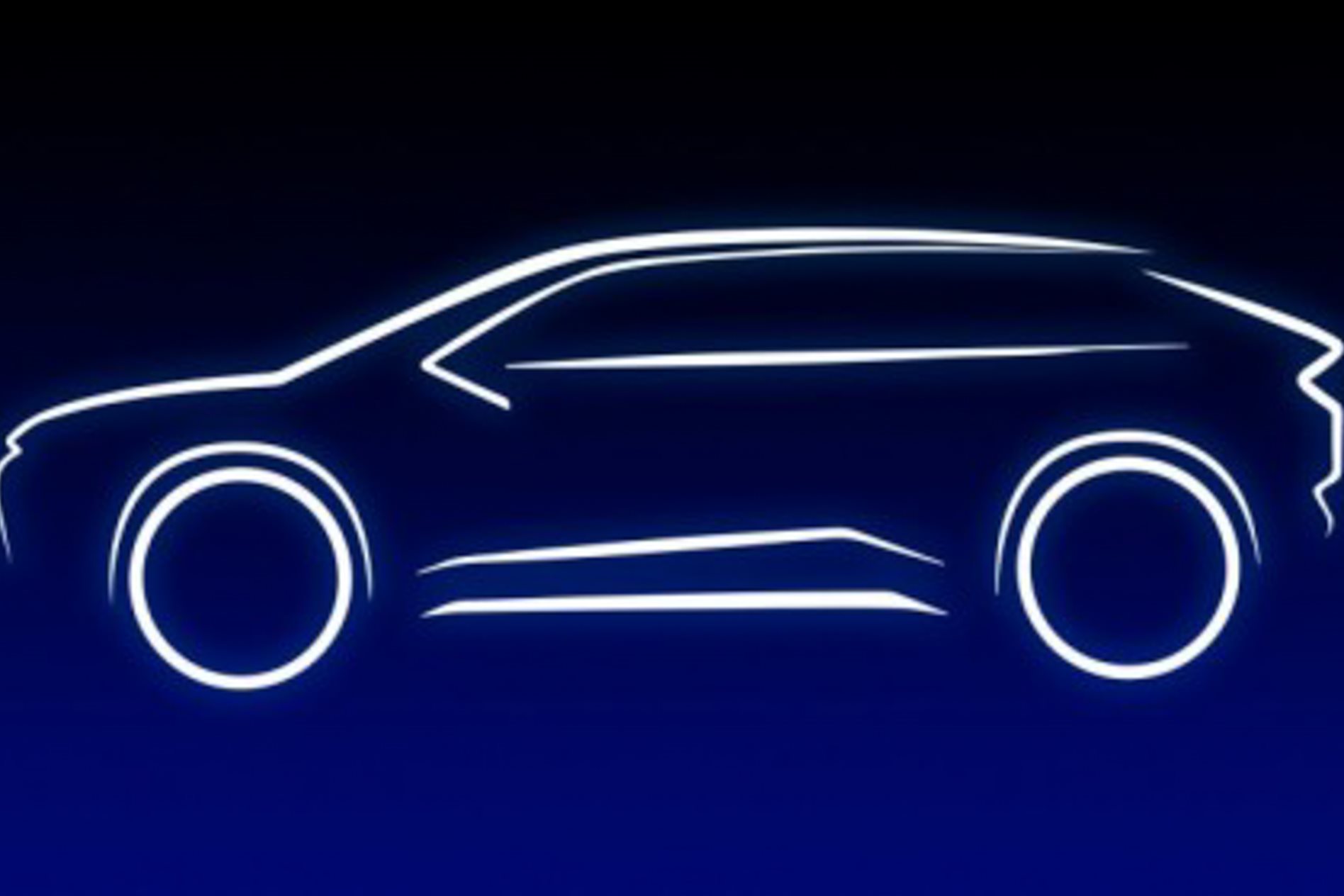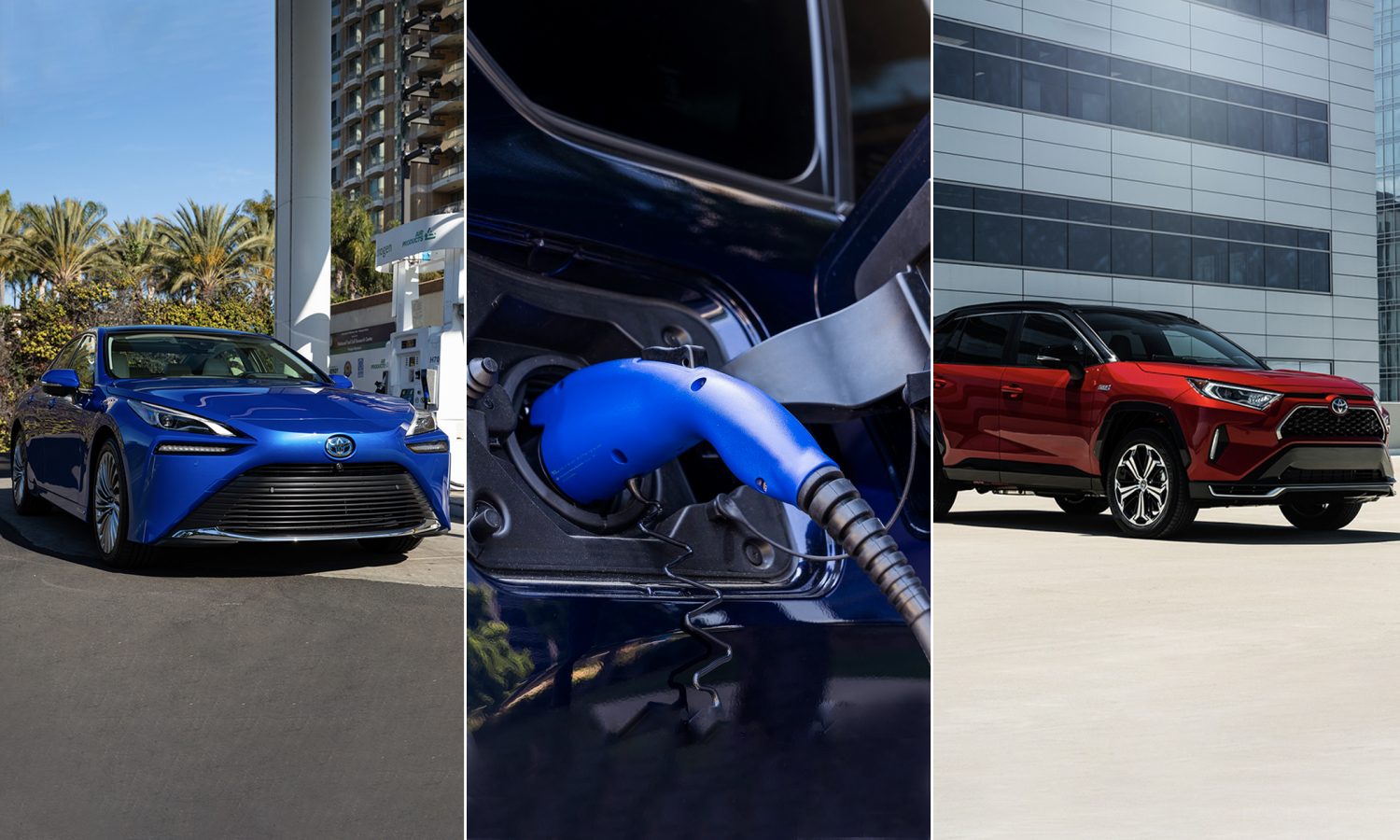
Two months after teasing its first production full-electric SUV slated for launch in 2021, Toyota has announced it is producing a second battery electric vehicle (BEV) along with a plug-in hybrid (PHEV) that are also due to arrive by year’s end in the US.
The Japanese motoring giant’s North American arm did not provide details about the new vehicles, which will join the new electric SUV announced in December. Toyota’s EV play will see up to six zero-emissions products released by 2025.

Toyota seems to have a sudden interest in PHEVs after its internal research found they had similar environmental benefits to BEVs. It’s likely the new Toyota PHEV will be an existing model such as the Camry or RAV4.
At this stage it is unclear if either of three new electrified vehicles will be available in Australia.
So far, we know that the previously-announced SUV will be built on an EV-specific e-TNGA platform that Toyota co-developed alongside its minority partner Subaru, and will drop into the mid-size SUV segment alongside the RAV4.
The e-TNGA platform is modular and can be tweaked to underpin both small and large cars so it’s likely the second BEV will share the all-new architecture. In base form it will be front-wheel-drive, but it’s possible to add a rear motor to create an all-wheel-drive vehicle.
Batteries are laid out on the floor of the platform and the number of cell packs can be increased from a minimum of two to a maximum of five.
A glance at the schematic diagram shows that the e-TNGA platform appears to rely on a front-mounted radiator to provide cooling for its battery array, while suspension components appear to be based on traditional MacPherson struts up front and, potentially, a torsion beam out back.
This would allow for packaging flexibility when the smaller rear motor is added.
There’s no indication of how far the platform can stretch and contract, but we’d expect that compact and small crossovers similar in size to the Yaris Cross and Corolla Cross, a C-segment hatchback the size of the current Corolla and the aforementioned RAV4-sized SUV are on the cards.
Toyota currently sells two EVs; one is a Japan-only delivery van called the Proace, and the other is the Lexus-branded UX300e compact crossover.
While it has been heavily reliant on nickel-metal hydride battery technology for its vast line-up of hybrid models – including the ultra-popular RAV4 Hybrid – Toyota is in the midst of a late pivot to lithium-ion battery technology, ahead of a foray into solid-state batteries.
A Toyota spokesperson told US site Automotive News that the company will have a commercially available EV running on solid-state batteries for sale by 2025.
It’s likely that it will be a single standalone model like the hydrogen-powered Mirai, and it could offer up to 1000km of range on a single charge.
Locally, Toyota is on the record as saying that the company will bring electric vehicles to Australia. It’s currently enjoying great success with hybrid versions of its most popular cars, including the Corolla, RAV4 and Camry.
It also recently rolled out the impressive – but expensive – Yaris Hybrid and will offer petrol/electric versions of the incoming Yaris Cross and Corolla Cross.
Reports suggest, though, that it’s the end of the road for the Toyota Camry V6, one of the cornerstones of Toyota’s growth in Australia.
It will be phased out of production by the end of 2020.
The 3.5-litre V6 powered Camry, however, makes up barely four per cent of the current model mix, which is dominated by the petrol/electric hybrid version.



